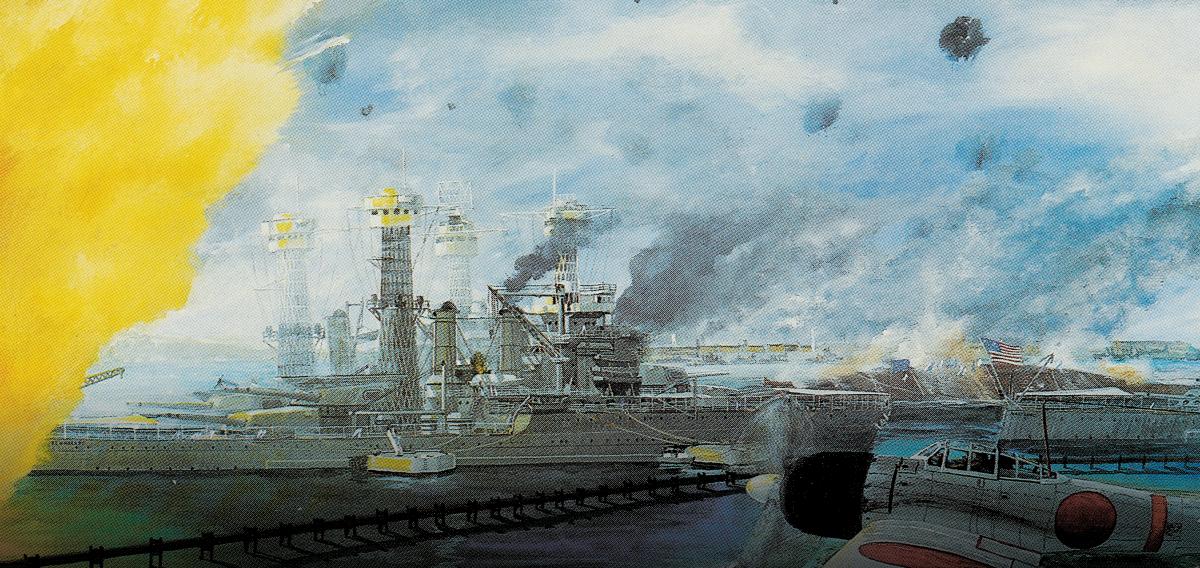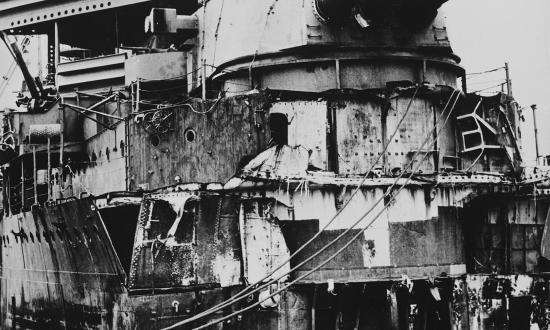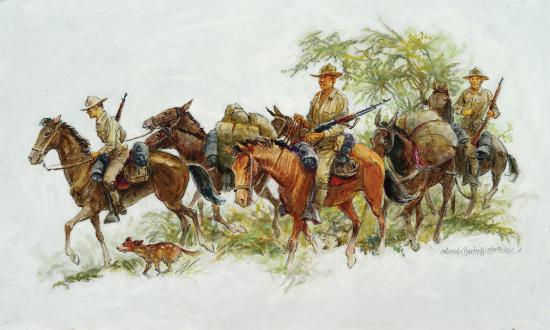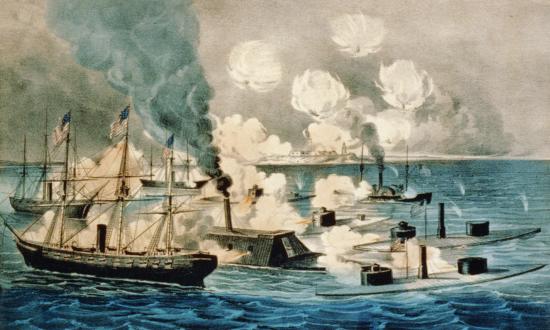Modern U.S. history has been hit with one of them every generation or so: that epochal tragic event so profound in scale that everyone always remembers where they were when it happened. 9/11 was one. So was the John F. Kennedy assassination. But one still towers above the rest: the 7 December 1941 attack on Pearl Harbor, which shook the American public out of its jaded post–World War I distrust of overseas wars and replaced it with a galvanizing sense of resolve. Pearl Harbor brought us headlong into World War II, and by so doing, profoundly altered the destiny not only of the United States, but that of the global community of nations as well.
Now, with the 80th anniversary of Pearl Harbor upon us, we take a look back this issue at that fateful Sunday morning. John Prados, author of the Pacific war opus Combined Fleet Decoded and a host of other groundbreaking works, returns to our pages with a thought-provoking retrospective on the evolving perceptions of the Pearl Harbor attack. How much were the on-site commanders, Admiral Husband E. Kimmel and General Walter C. Short, responsible for the debacle? How did President Franklin D. Roosevelt and British Prime Minister Winston Churchill factor in? Where did Emperor Hirohito really stand on picking a fight with the United States? These questions have been asked and revisited throughout the Pearl Harbor literature in the eight decades since, and they continue to arise. You will find them all in our cover story, which is guaranteed to be a discussion-generator.
We also are pleased to welcome back Pearl Harbor authority Alan D. Zimm, a former Naval History Author of the Year whose previous writings for us on the topic have managed to upend some of the conventional wisdom about the attack. In this issue, Dr. Zimm takes a detailed look at the botched second-wave attack on Pearl Harbor. If the first-wave attack was the prototypical shock-and-awe surprise, the second wave failed so utterly to capitalize on the moment that it would have fatal repercussions for the Imperial Japanese Navy as the war progressed. In short, Pearl Harbor could have been a whole lot more disastrous for the U.S. Navy.
Pearl Harbor, of course, was just the beginning, and in the weeks that ensued, the Japanese war machine rolled over everything that stood in its way. Retired U.S. Navy Captain James P. Ransom III serves up a sobering analysis of what went wrong with the U.S. submarine force that was supposed to be the bulwark of the Asiatic Fleet in the defense of the Philippines. But the Philippines fell, fast, and the Asiatic Fleet’s submarines were sent packing. Why? Captain Ransom delineates the answers, and the vital lessons learned.
Lessons learned also are in abundance in this year’s CNO Naval History Essay Contest First Prize winner: a look at the 1947 naval exercises conducted off Japan by the United States, Great Britain, and Australia. Corbin Williamson, associate dean at the Air War College, highlights the valuable insights gleaned from those inter-navy exercises and their applicability to the tensions of our times.
With the arrival of December, our interest is rekindled in the sort of wintry tale best read before a roaring fireplace, where the chilly exploits you’re reading about are pleasantly offset by the coziness of your surroundings. Just such a story is Michael Romero’s “To an Uninhabited Extremity of the World,” which recounts a perilous Royal Navy expedition in search of a passage across the North Pole in 1773. Among those who ventured into those icy climes was a young midshipman named Horatio Nelson, and he . . . well, you can find out inside. Happy reading!
Eric Mills
Editor-in-Chief






